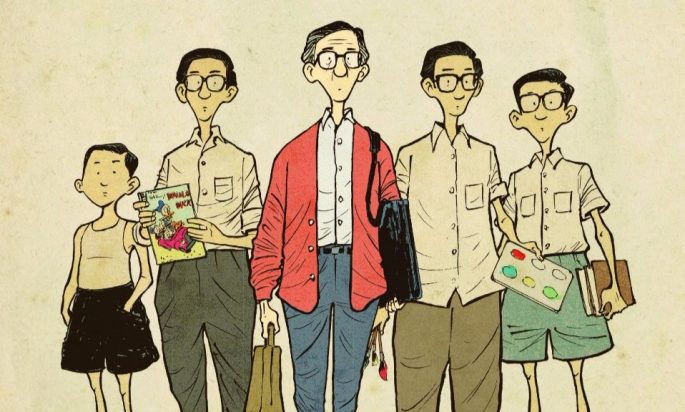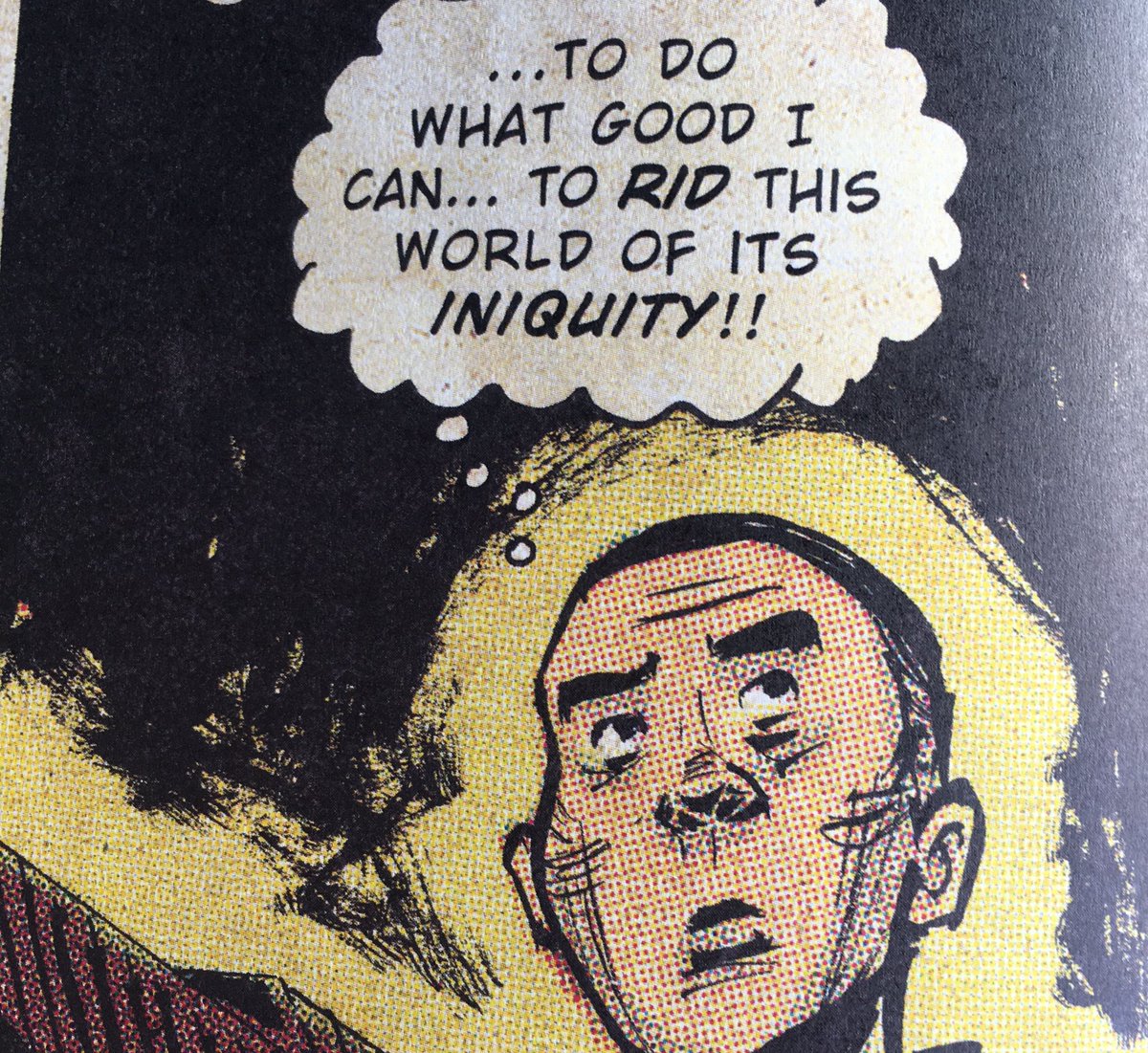Ali Smith wrote this book fast, and I think that is how she intends us to read it, at least at first. We slow down when her images and meanings start to coalesce on the page and we suspect there is much more to this than the twitter-like, depthless sentences that don’t seem like they are adding up to anything. Afterwards, an image emerges. What is more suited to tweeting than a Canada warbler?
The story, as such, is that a young man breaks up with his girlfriend Charlotte right before a Christmas he’d wanted to bring her to his mum’s house to introduce her to his mother. He finds a substitute girl, who happens to be waiting at a bus stop, rather than go through the humiliation of saying he no longer had a girlfriend. He pays her—Lux she is called, though he’d never asked—to stay the three days of the holiday.
Art grew in the course of this book into a grander vision of himself. He writes about nature, the churn of seasons, in a blog he calls Art in Nature. Though he rarely writes anything political, he is thinking about making his work a little more political, like the “natural unity in seeming disunity” of snow and wind, “the give and take of water molecules,” and “the communal nature of the snowflake.” He, Art, is not dead at all, though he is being crushed by his ex-girlfriend Charlotte on Twitter.
Charlotte is pretty clear-eyed:
The people in this country are in furious rages at each other after the last vote, she said, and the government we’ve got has done nothing to assuage it and instead is using people’s rage for its own political expediency. Which is a grand old fascist trick if ever I saw one…the people in power were self-servers who’d no idea about and felt no responsibility towards history…like plastic carrier bags…damaging to the environment for years and years after they’ve outgrown their use. Damage for generations.Plastic carrier bags? This is where Smith shines, making her argument so clear and relatable and yet so absurd. She’s funny. She’s right and wrong at the same time, like most of us. Like Art. Smith draws environmental degradation, suggesting chemical (nuclear?) drift in the air can settle like snow, like ash, like slow poison on our lives. She compares the influx of refugees fleeing for their lives in the Mediterranean to exhausted holidaymakers using their friends’ recommendations on the ‘best places to stay.’
Many images float around this book, inviting us to make connections: Iris-eye, art-Art, stone with a hole in it-eye, stone with the weight and curvature of a breast-Mother Nature…once we begin, we start looking for these parallels everywhere. Lux— she had some kind of luxurious brain, a luxurious education studying what she wanted (like Shakespeare, violin, human nature), and the luxury of floating through the world unencumbered and unafraid.
Lux is an out-of-body experience, an angel who appears and disappears, a Canada warbler blown off course. Lux is grace. Lux brings the two sisters together and reminds them of their shared history, of love, of the importance of struggling to create bonds. Lux tries to convince Art to stay after the three-day Christmas holiday to talk, late at night, to his mother. At first he refuses, but when Lux says she will help, he looks forward to it.
Soph, Art’s mother, is not crazy but prescient, depressed, and old. The word Sophia in ancient Greek and early Christian times meant wisdom, and clever, able, intelligent. Iris, the sister from whom Soph was estranged, is not a religious do-gooder but is targeting critical needs to save what’s best of the human race. She is named for Iris, the Wind-Footed Messenger of the Gods. Her presence signifies hope.
Smith is also concerned with truth, and at some point Lux points to the notion that the truth of a thing may be confused with what we believe to be true. Is there objective truth? This question has been argued since time immemorial. It is back with a vengeance, and must be adjudicated daily, moment-by-moment within each of us.
Art in Nature continues to exhibit itself throughout the novel: a female British MP is barked at by the grandson of Winston Churchill, who is also an MP. He says it was meant as a friendly greeting, she accepts the non-apology. Smith interprets this incident as snow melting on one side of furrowed ground in slanted winter sun. It turns out the stuff Art writes in his blog material is invented. Lies, one could say, but close enough to real to sound remembered. This novel has a lot to do with art and politics and what the difference is between them.
Iris writes
& th diff dear Neph is more betwn artist and politician—endlss enemies coz they both knw THE HUMAN will alwys srface in art no mtter its politics, & THE HUMAN wll hv t be absent or repressed in mst politics no mtter its art x IreAli Smith—and this is only the second novel of hers I have read—is a skilled interpreter of our lives. She is involved in the struggle with us, and has enough understanding to recognize #MeToo began with the Access Hollywood tape; the rest, on both sides of the Atlantic and around the globe, is fallout. She doesn’t want us to lose hope, but recognizes the route to betterment is long and arduous, which is why she occasionally blows a Canada warbler off course in the middle of winter to thrill us with what is possible.
I note Recorded Books and narrator Melody Grove won Audiofile Magazine's coveted Earphones Award for "conveying every nuance in the second movement of Ali Smith's Seasonal Quartet." Sounds like it would be a wonderful experience, to listen to this marvelous book speaking of a very dark time in all our lives.
You can buy this book here:
 Tweet
Tweet














